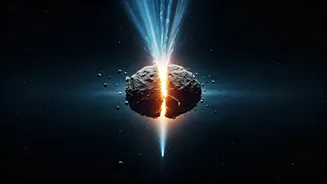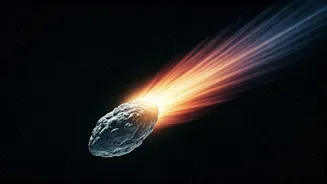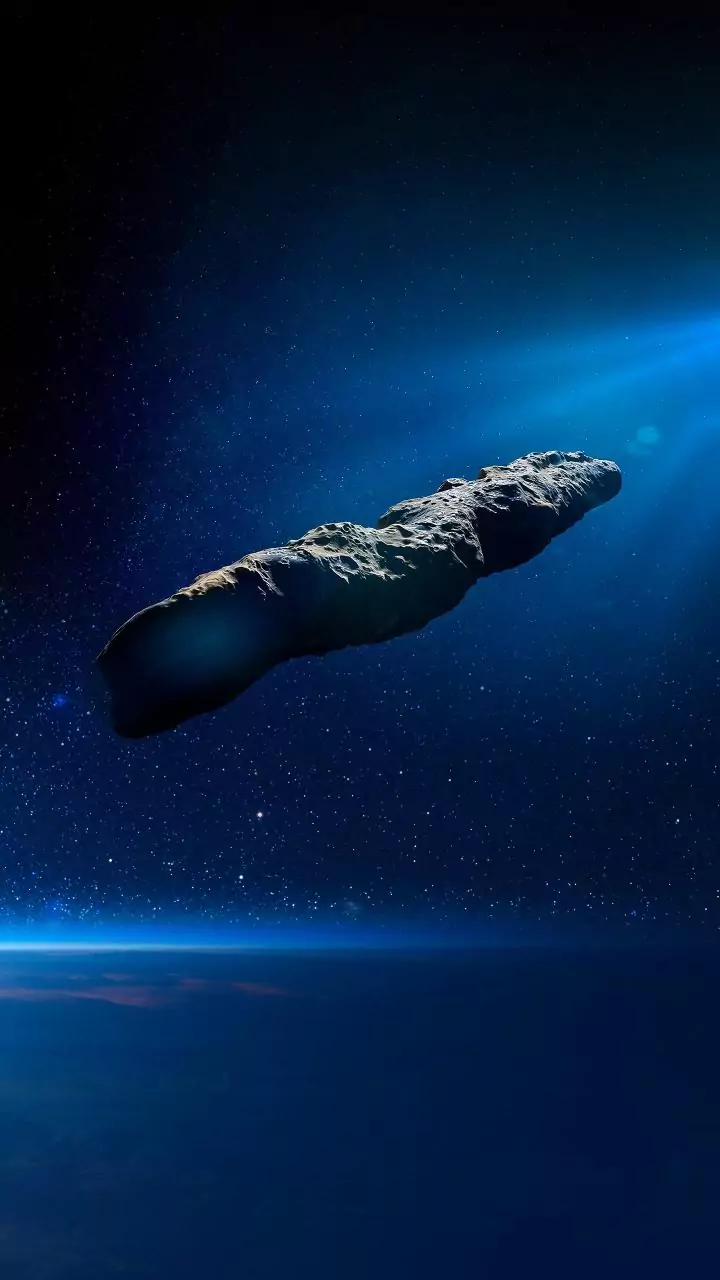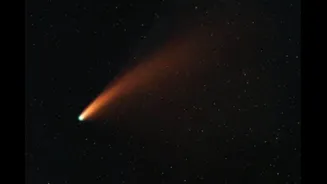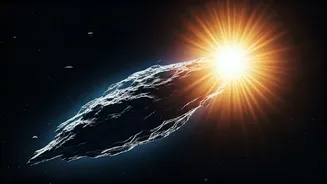Comet's Near Miss
Interstellar Comet 3I/ATLAS, initially observed, captured considerable attention due to its origin beyond our solar system. The excitement increased when
this comet embarked on a journey towards the sun, a trajectory that raised significant questions. Predictions indicated the comet would disintegrate due to the extreme solar heat. This scenario, according to initial models, was almost inevitable given the expected intensity of the sun's radiation and its impact on the comet's composition and structure. The scientific community anticipated its demise, preparing to document the event. However, the expectations were defied.
Defying Solar Expectations
Against all odds, Comet 3I/ATLAS survived its close proximity to the sun. This unexpected resilience has become a focal point of astronomical discussion. Detailed observations revealed that while the comet underwent changes, it maintained its structure. It proved more robust than initial predictions suggested. This survival is a significant event, offering fresh insights into the composition and characteristics of comets, especially those that originate from outside our solar system. It challenges prevailing models and calls for a reevaluation of how these celestial bodies withstand solar forces.
New Image Revelations
Recent imagery of Comet 3I/ATLAS provides the most compelling evidence of its survival. These photographs and data offer a detailed look at the comet's post-encounter state. The images show features that were altered by solar activity. Scientists can now analyze the changes to determine how the comet reacted to the intense heat and radiation. These new visuals offer essential information for understanding the long-term changes that can impact comets. The detailed views facilitate a more precise assessment of the comet’s current condition.
What it Means
The survival of Comet 3I/ATLAS has broad implications for comet research. It suggests that comets, even those from interstellar origins, may be more durable than previously assumed. This discovery prompts scientists to reconsider their models and theories regarding the disintegration processes of comets. Scientists now consider the comet's structure and the materials it comprises, seeking to uncover what made it resilient. This research could reshape our understanding of the formation and evolution of comets, providing insights into the solar system's early history.
Future Research Prospects
The continuing study of Comet 3I/ATLAS promises new discoveries. Future observations will focus on tracking any further changes in the comet's structure and behavior as it moves through space. More sophisticated analysis of its composition, including the use of advanced telescopes and space-based instruments, will be necessary. This will offer a comprehensive understanding of the comet's journey. Such studies could reveal more about the interactions between comets and the solar wind, as well as the materials they carry from distant locations in space. This research is likely to be a major project for astronomers in the coming years.


